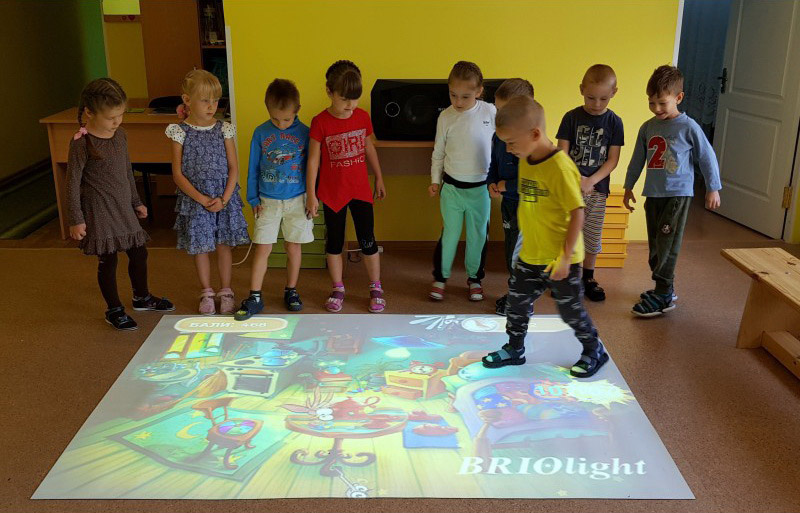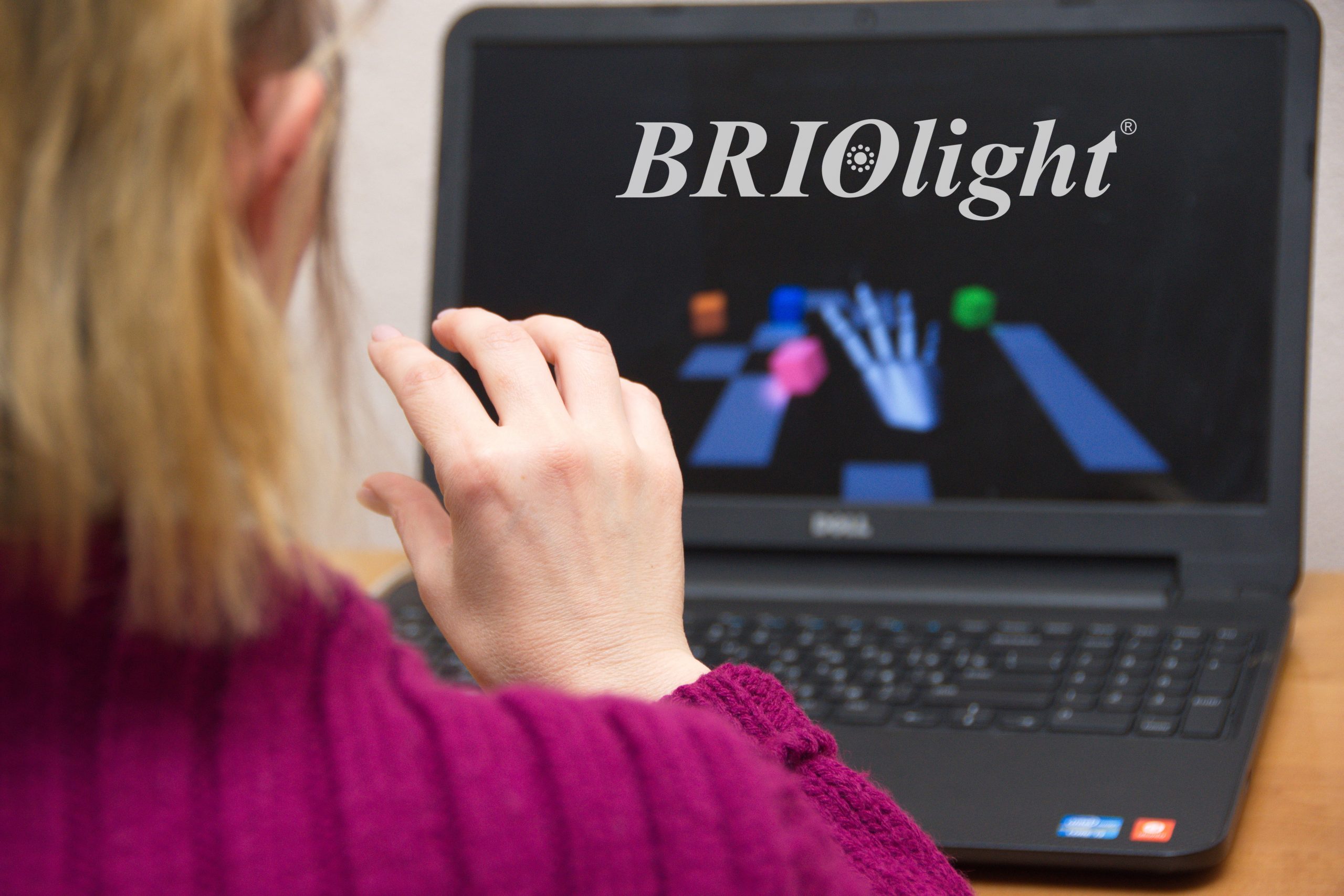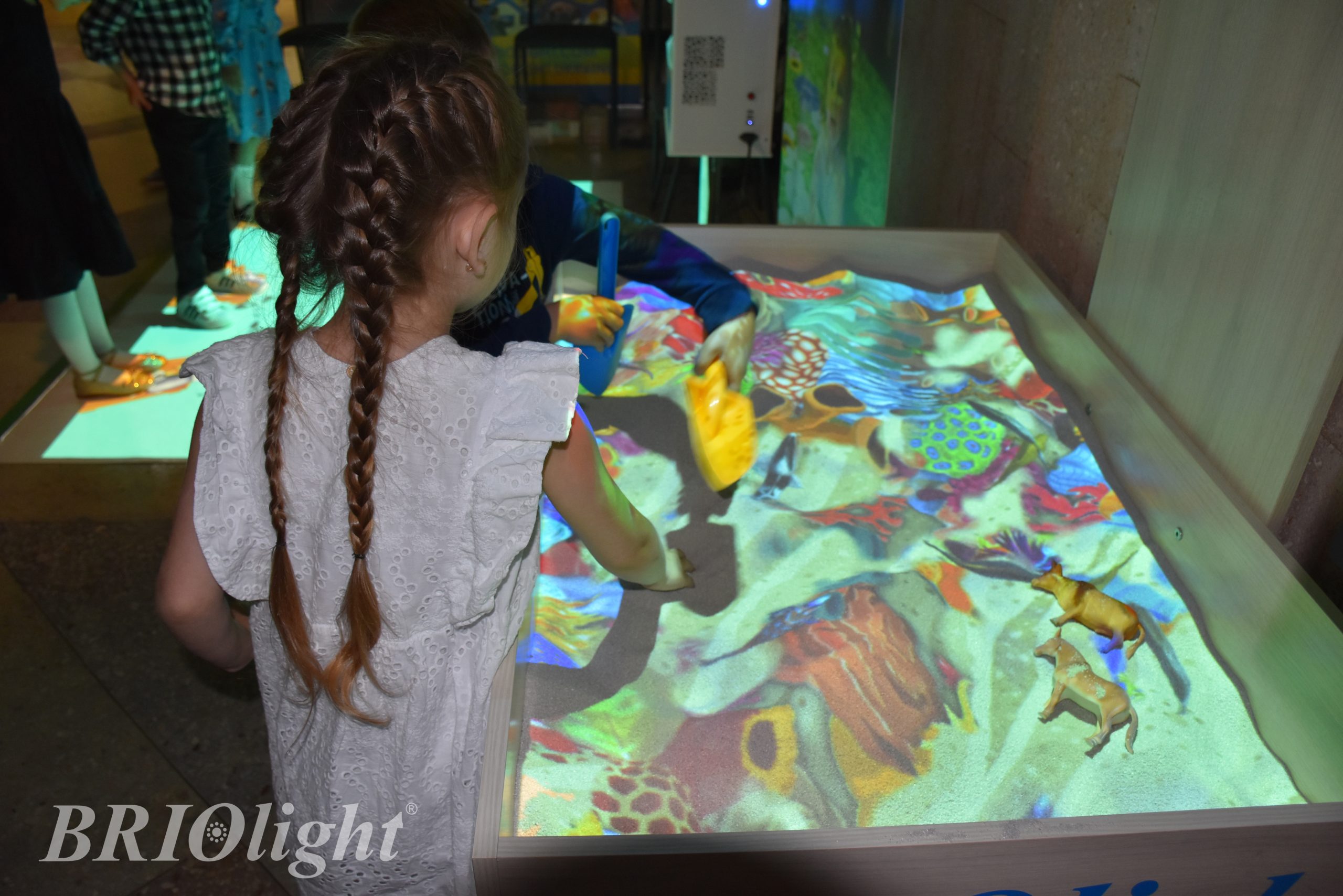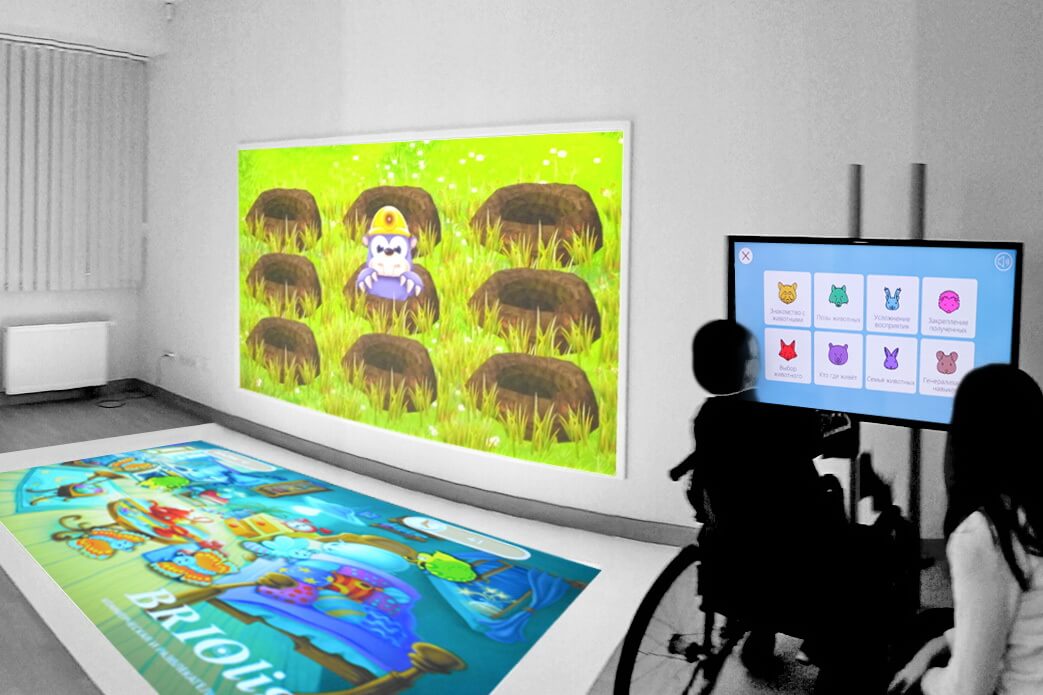Advantages and disadvantages of inclusive education
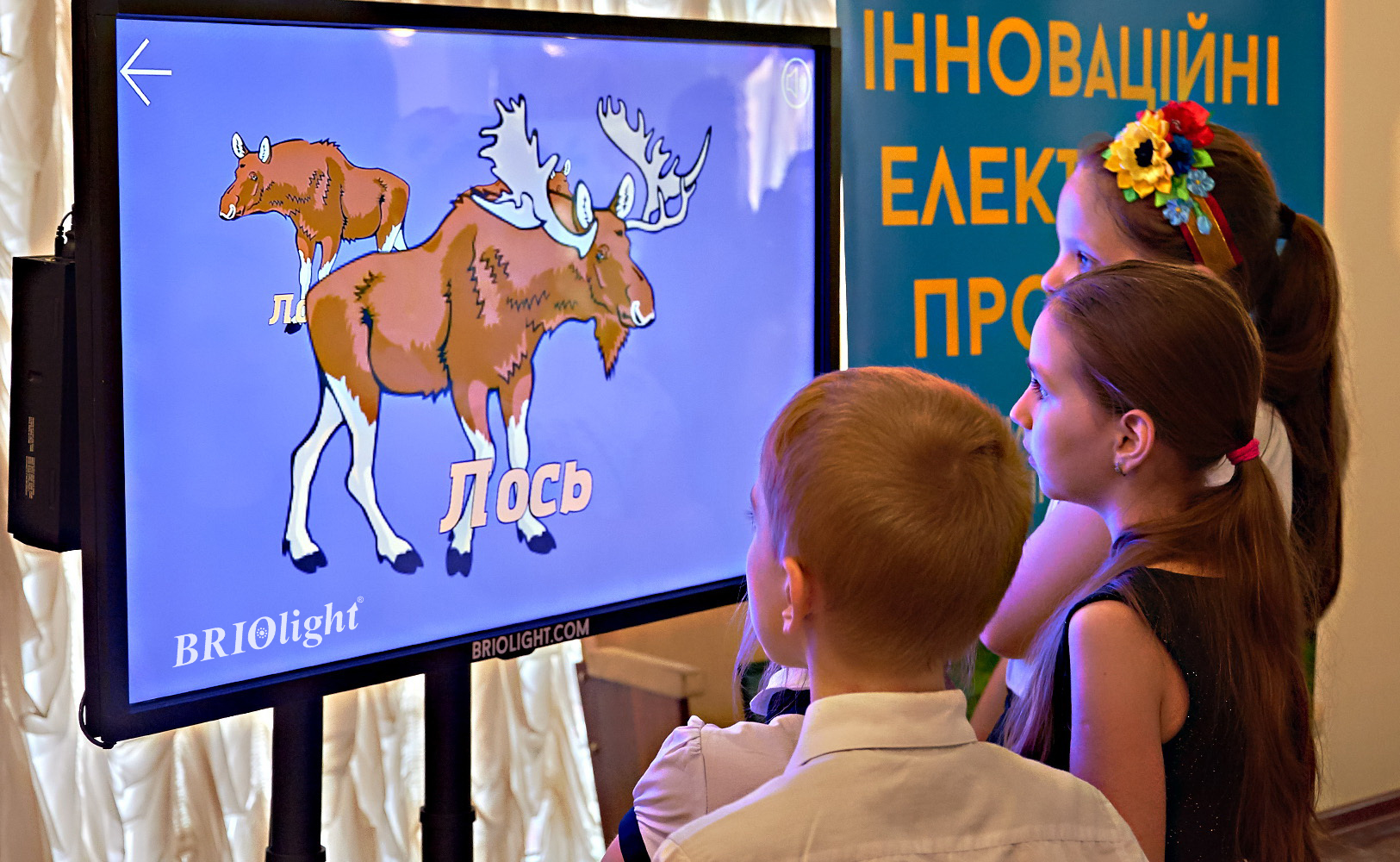
According to the World Health Organization, only 20% of children born are considered conditionally healthy. Other children are those who have mental disorders or have an average condition between healthy and sick.
“Inclusion” is
The term “inclusion” appeared in the process of involving people with disabilities in public life as necessary. It is now enshrined in the UN Convention on the Rights of Persons with Disabilities. But it can be used not only in the context of people with disabilities. Anyone can be assigned to an inclusive group in certain life situations.
On average, 10% of people with disabilities in society. According to the Ministry of Social Policy, there are 2.6 million people with disabilities in Ukraine (6%). Of these – 168,280 children. But WHO data indicate that we have 6.7 million (15%) such citizens.
In any case, children in this group require a special approach to the organization of education, so that in the future they will experience fewer difficulties and overcome them better.
Principles of inclusive education
Most countries now use an inclusive concept. According to statistics, inclusive education has already been introduced in 75% of countries. But the results of implementation and its effectiveness depend primarily on socio-economic conditions, educational and cultural traditions.
Inclusive education is needed by people with musculoskeletal disorders, hearing impairment, vision, mental retardation, mental retardation, hyperactive children, children with autism, gifted or closed people.
The main principles of such training include:
1. Despite differences and difficulties, all children should learn together whenever possible.
2. The school must take into account the different needs of its students, and adapt the learning environment so that everyone has equal conditions for acquiring knowledge.
3. The school forms various curricula, and uses its own and involved resources to provide quality education, organizational activities, teaching strategies.
4. Children with SEN should receive the partial assistance they need for a successful learning process.
What does inclusive education mean
Speaking of inclusive schools, it is assumed that they have some equipment. These include: elevator, ramps, handrails along the walls, appropriate toilets, school buses equipped with special lifts, a modern gym, teacher’s assistant, IPR, specialists in working with children with disabilities (correctional teacher, psychologist, speech therapist).
The example of other countries shows that this is not necessarily the limit.
Israel. Opportunity to study in the afternoon with the class, in the afternoon – separately. The state pays for the necessary medical procedures three times a week (from consultations with a psychologist to horseback riding). There is a mechanism of reverse inclusion, for some lessons children from ordinary ones come to special classes.
France. Open classes of “school inclusion” in a regular school. The child can leave it during the day for individual or group work with the teacher.
Poland. A child with SEN is included in the regular education system from birth.
Sweden. A special approach to teaching children with early autism. In a regular school, classes are held in small groups, with two teachers and one assistant.
Advantages
For children with disabilities:
– improving the cognitive, motor, speech, social and emotional development of children through communication with peers.
– functional mastery of skills and abilities.
– focus on the strengths and abilities of the child in the learning process.
– participation in public life and establishing friendly relations with other children.
For other children:
– formation of a tolerant attitude and natural perception of people with different characteristics.
– establishing and maintaining friendly relations with people who are different from them.
– social cooperation with people who are different from them.
– formation of a non-standard approach and ingenuity to achieve a common result.
For teachers:
– better understanding of individual characteristics of students.
– mastering various pedagogical techniques for effective work taking into account individuals.
– approaching children’s perception for a better understanding of different situations, and the formation of a holistic picture.
Disadvantages
– Imperfection of legislation in the field of education, which leads to the lack of mechanisms for the development and financing of inclusive education.
– Insufficient material and technical and staffing of secondary schools (lack of special auxiliary educational equipment, specially developed teaching methods and inclusive education programs, insufficient number of specially trained specialists to work with children with disabilities).
– Inadequacy of buildings of secondary schools (including in the middle) for unimpeded access to them by students with different nosologies of the disease.
– Insufficient psychological readiness of students and teachers to study together with people with disabilities.
In addition, there is the problem of negative attitudes of parents to the fact that their healthy children should study with children with certain disabilities. They believe that this delays the development of healthy children’s learning. however, an individualized curriculum (IEP) designed to meet the needs of such a child should be implemented in a normal learning process, without stopping or slowing down the pace of other children’s learning.
From all this we can conclude that the implementation of inclusive education is very important for the country. At present, its implementation in Ukraine has not been brought to perfection, but proper training, sufficient funding and awareness of people will eventually help children with SEN to receive a quality education in regular schools in any city.
We, in turn, as manufacturers of Ukrainian electronic equipment, have developed and continue to improve the following products for education and rehabilitation of children (including children with SEN): interactive floor, interactive sandbox, interactive panel and interactive complex Briolight. This equipment is included in the Standard list of special means of correction of psychophysical development of children with special educational needs who study in inclusive and special groups of preschool educational institutions.






